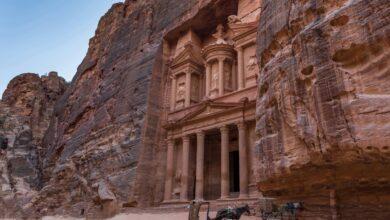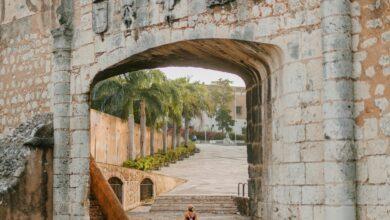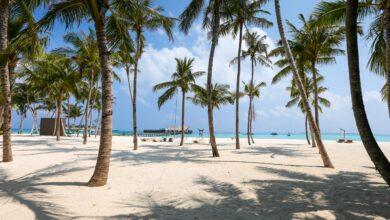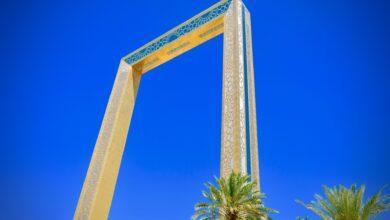🌎 A Cultural Journey through Quito, Ecuador 🇪🇨
Uncover the Rich Tapestry of Quito's Heritage and Traditions

Introduction
Welcome to Quito, Ecuador, where every cobblestone tells a tale and every corner echoes with the harmonious blend of cultures. Join us on a cultural journey through this vibrant city, as we uncover the rich tapestry of heritage that has shaped Quito into a captivating destination. From the historical marvels of the Old Town to the indigenous influences at Otavalo Market, Quito promises a sensory feast that transcends time, offering a glimpse into the heart and soul of Ecuador’s capital.
Marvels of Quito’s Old Town
The UNESCO World Heritage-listed Old Town in Quito is a treasure trove of historical marvels, where the past comes alive through its iconic landmarks, intricate architecture, and rich cultural significance. Nestled within the Andes Mountains, this colonial gem offers a captivating journey through time, with each cobblestone street and majestic building telling a unique story of Ecuador’s history.
Plaza de la Independencia: A Historical Heartbeat
Plaza de la Independencia, also known as Independence Square, stands as the beating heart of Quito’s Old Town. Surrounded by colonial-era buildings and overlooked by the Carondelet Palace, this grand square has witnessed centuries of history. The monument of independence at its center pays homage to the heroes who fought for Ecuador’s freedom. As you stroll through the plaza, the atmosphere is charged with the spirit of revolution and resilience that shaped the nation.
San Francisco Church: Architectural Elegance in Stone
The San Francisco Church is a sublime example of colonial architecture, showcasing a harmonious blend of Spanish, Moorish, and indigenous influences. Dating back to the 16th century, this iconic structure boasts an intricate façade adorned with ornate carvings and sculptures. Inside, the church unveils a treasure trove of religious art, including masterpieces by renowned artists. The convent attached to the church adds to its allure, inviting visitors to explore its cloisters and courtyards.
La Ronda: A Charming Colonial Street
Wandering through the narrow, enchanting streets of La Ronda is like stepping back in time. Lined with colorful colonial buildings, artisan shops, and lively cafes, this historic street captures the essence of Quito’s Old Town. The cobblestone pathway leads to hidden gems, such as traditional workshops where artisans continue age-old crafts. As you explore La Ronda, the rhythmic tunes of street musicians and the aroma of local delicacies create an immersive experience that transports you to the bygone era.
Quito Cathedral: Spiritual Grandeur
The Quito Cathedral, an awe-inspiring structure dating back to the 16th century, stands as a testament to Ecuador’s religious heritage. With its Gothic and Moorish influences, the cathedral’s majestic facade and towering spires dominate the cityscape. Step inside to marvel at its impressive altars, religious paintings, and the sacred Chapel of the Holy Sepulcher. The cathedral’s significance extends beyond its architectural beauty, serving as a spiritual anchor for the community.
Presidential Palace: Political Legacy
The Carondelet Palace, overlooking Independence Square, serves as the official residence of the President of Ecuador. Built in the 16th century, the palace is a symbol of political power and historical continuity. While the interior is not open to the public, the exterior’s grandeur and the changing of the guard ceremony provide a glimpse into Ecuador’s political history. The palace’s presence adds a layer of significance to the surrounding historic landmarks, creating a captivating blend of political and cultural heritage in Quito’s Old Town.
Indigenous Influences: Exploring Otavalo Market
Introduction to Otavalo Market
Nestled in the heart of South America, Otavalo Market stands as a vibrant testament to indigenous culture and craftsmanship. This bustling market, located in the town of Otavalo in Ecuador, is renowned as one of the largest indigenous markets in the region. Visitors are greeted by a kaleidoscope of colors, sounds, and the rich tapestry of traditions that have been passed down through generations.
Showcase of Traditional Crafts and Textiles
The market is a treasure trove of traditional crafts, each piece a masterpiece reflecting the skill and artistry of indigenous artisans. Intricately woven textiles, handcrafted pottery, and stunning jewelry showcase the diversity of Ecuador’s indigenous heritage. Visitors can explore stalls adorned with brightly colored fabrics, each telling a unique story through intricate patterns and symbols. The craftsmanship on display is not just a market spectacle but a living legacy, preserving the essence of indigenous identity.
Vibrant Cultural Expressions
Otavalo Market is not just a marketplace; it is a vibrant celebration of cultural expressions. From lively musical performances to traditional dance, the atmosphere is alive with the spirit of the indigenous people. Visitors can immerse themselves in the rhythmic beats of traditional music and witness the grace of indigenous dance forms. The market becomes a living canvas, illustrating the resilience and vitality of indigenous cultures against the backdrop of globalization.
The Significance of Preserving Indigenous Heritage
Amidst the hustle and bustle of commerce, Otavalo Market serves as a stronghold for the preservation and promotion of indigenous heritage. The market not only sustains local economies but also fosters a sense of pride and identity among indigenous communities. By supporting traditional craftsmanship and cultural expressions, Otavalo Market becomes a powerful agent in the ongoing battle against cultural erosion, ensuring that future generations can continue to connect with their roots.
Embracing the rich tapestry of indigenous influences, Otavalo Market stands as a testament to the importance of preserving and celebrating cultural diversity. Through its vibrant showcases and traditional offerings, it invites visitors to partake in an enriching experience that goes beyond the transactional aspect of a market, making it a true cultural pilgrimage.






Facebook Comments